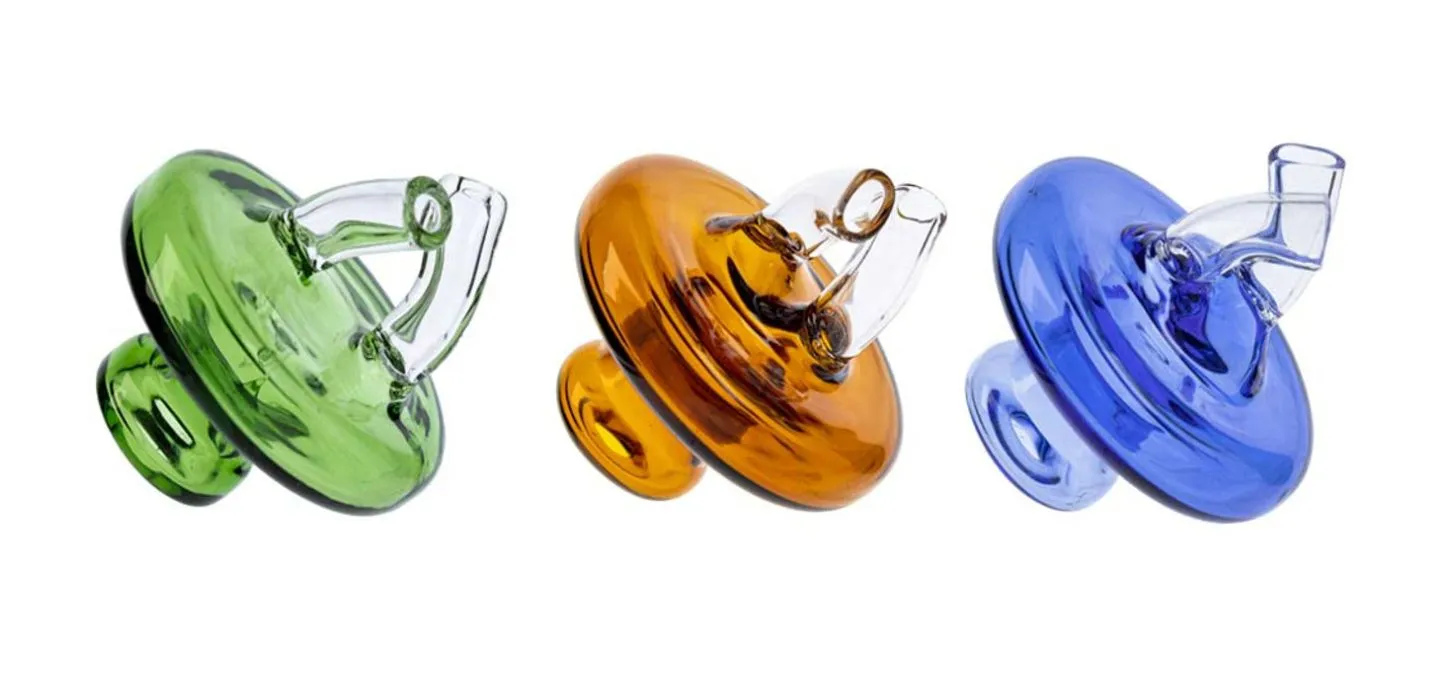Introduction
Table of Contents
Directional airflow refers to managing and optimizing air circulation patterns in an indoor cannabis grow space.
Controlling airflow allows growers to create ideal conditions for healthy plants and efficient operations.
Let’s look at how directional airflow works and its key benefits.
What is Directional Airflow?
Directional airflow involves strategically placing exhaust fans, air vents, and circulation fans to establish deliberate airflow routes throughout the grow space.
This allows growers to control temperature, humidity, smell containment, and other environmental factors.
For example, placing an exhaust near the ceiling and intake low on a wall creates upward airflow that carries heat, odors, and stale air out efficiently.
Circulation fans supplement this by blending and moving air around plants to prevent stagnant pockets.
Proper airflow patterns refresh the grow space, provide needed gas exchange for plants, and help maintain optimal temperature and humidity ranges.
Benefits of Directional Airflow
The primary benefits of dialing in directional airflow include:
- Consistent temperature and humidity control
- Reduced risk of mold, mildew, and plant disease
- Enhanced gas exchange for healthier plants
- Containment of odors and pests
- Efficient operation of ventilation and climate equipment
- Overall, improved growing environment control
With directional airflow, growers gain greater command over the grow space’s climate for robust plants and efficient cultivation.

 Fact Checked by Doctor Name
Fact Checked by Doctor Name